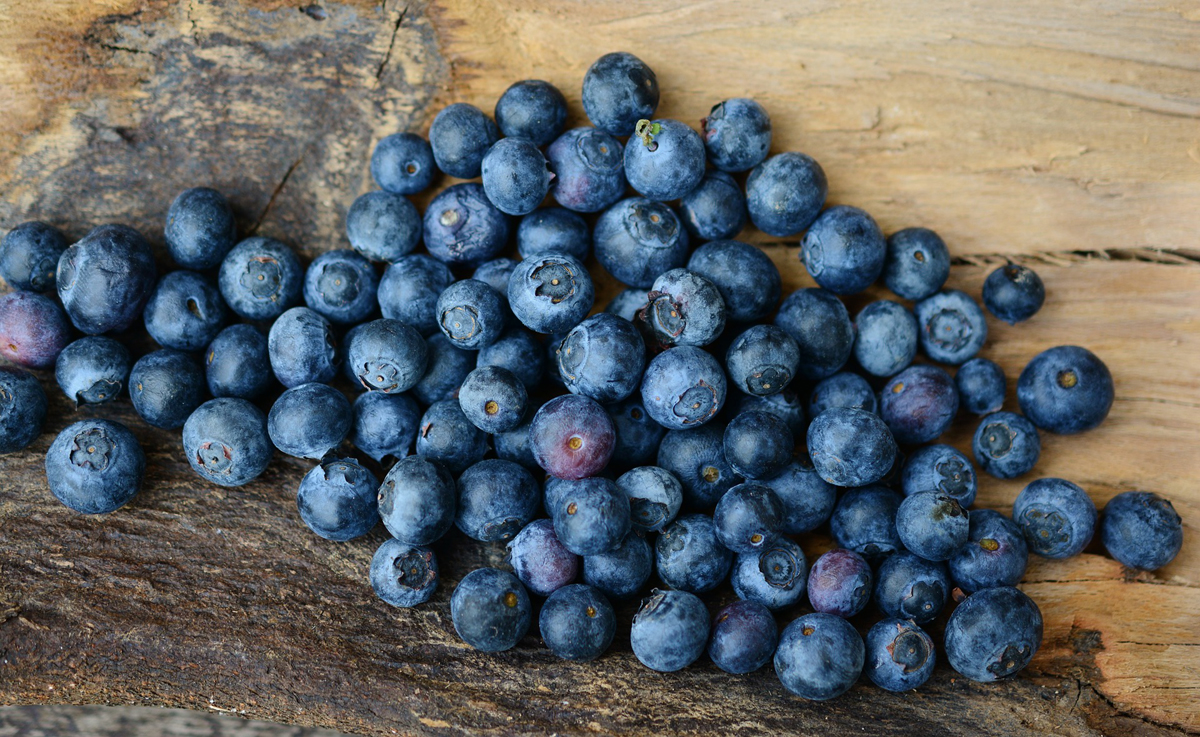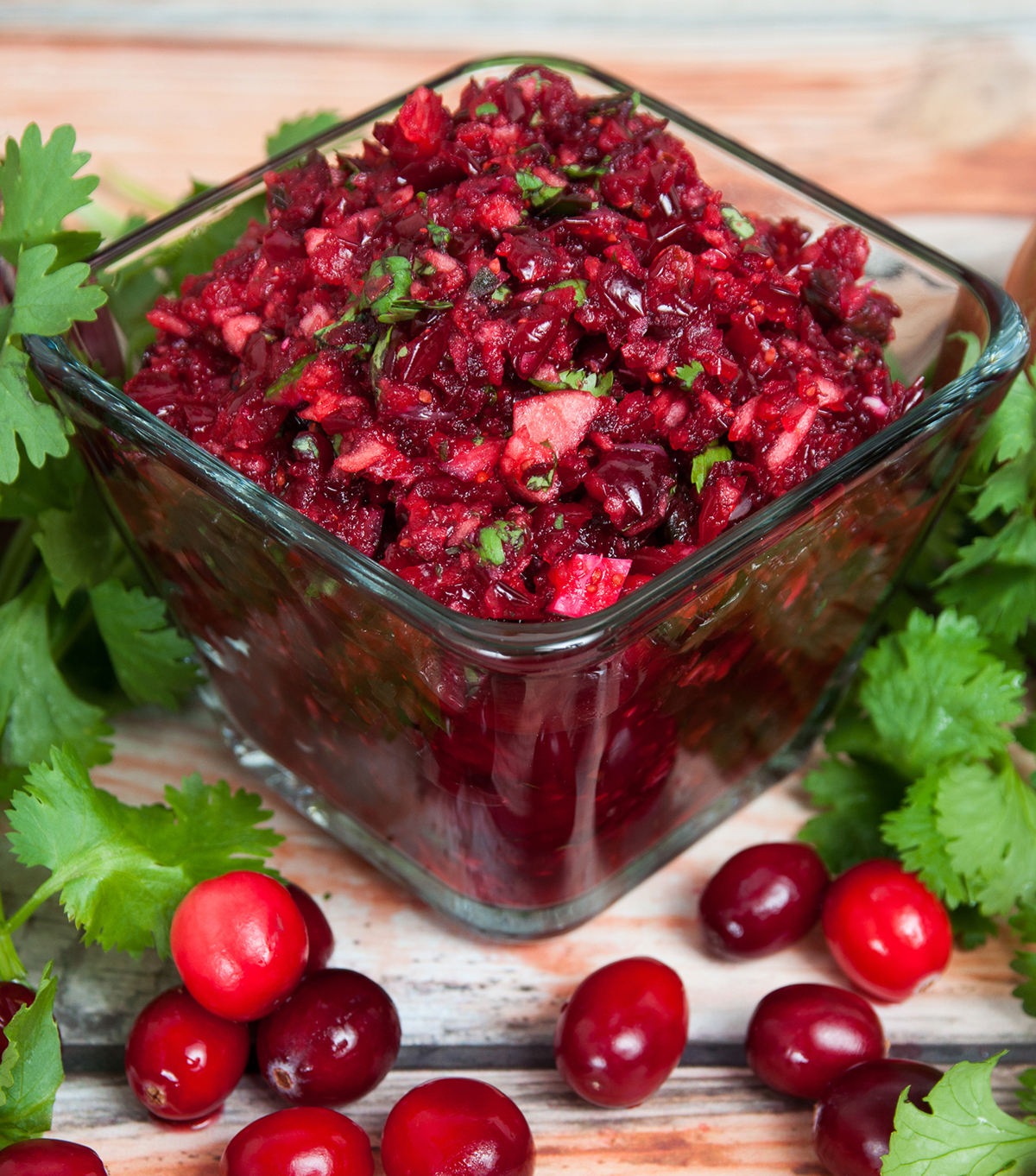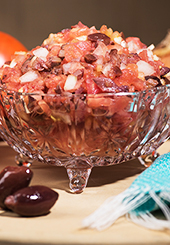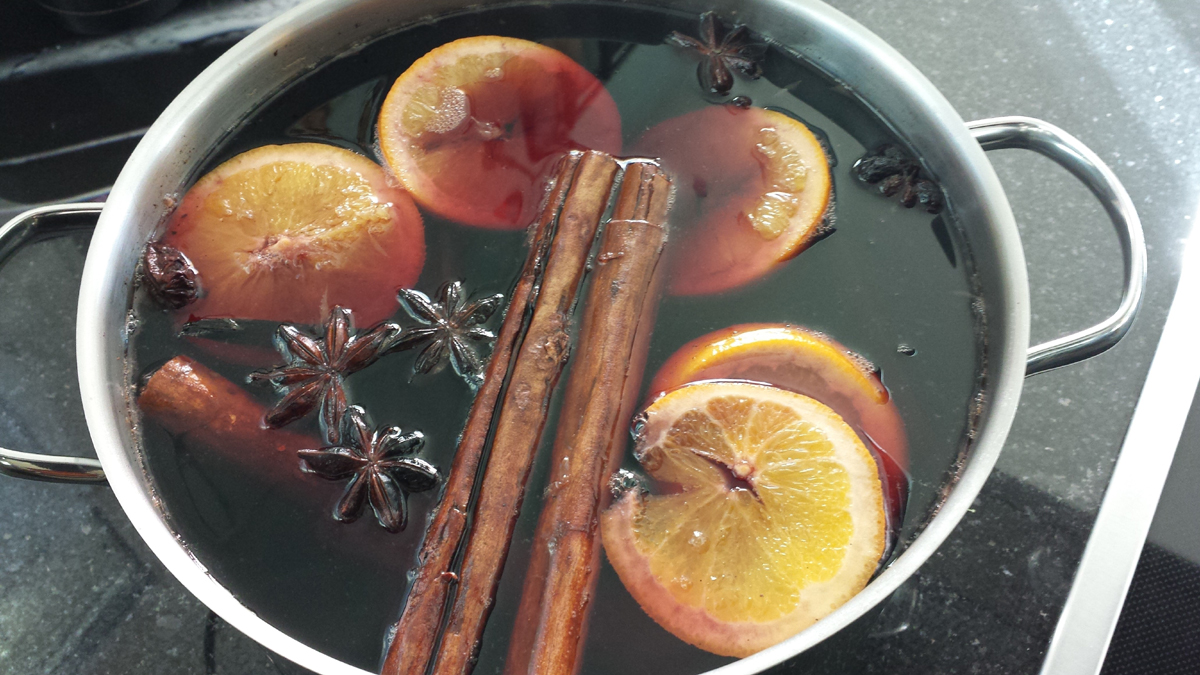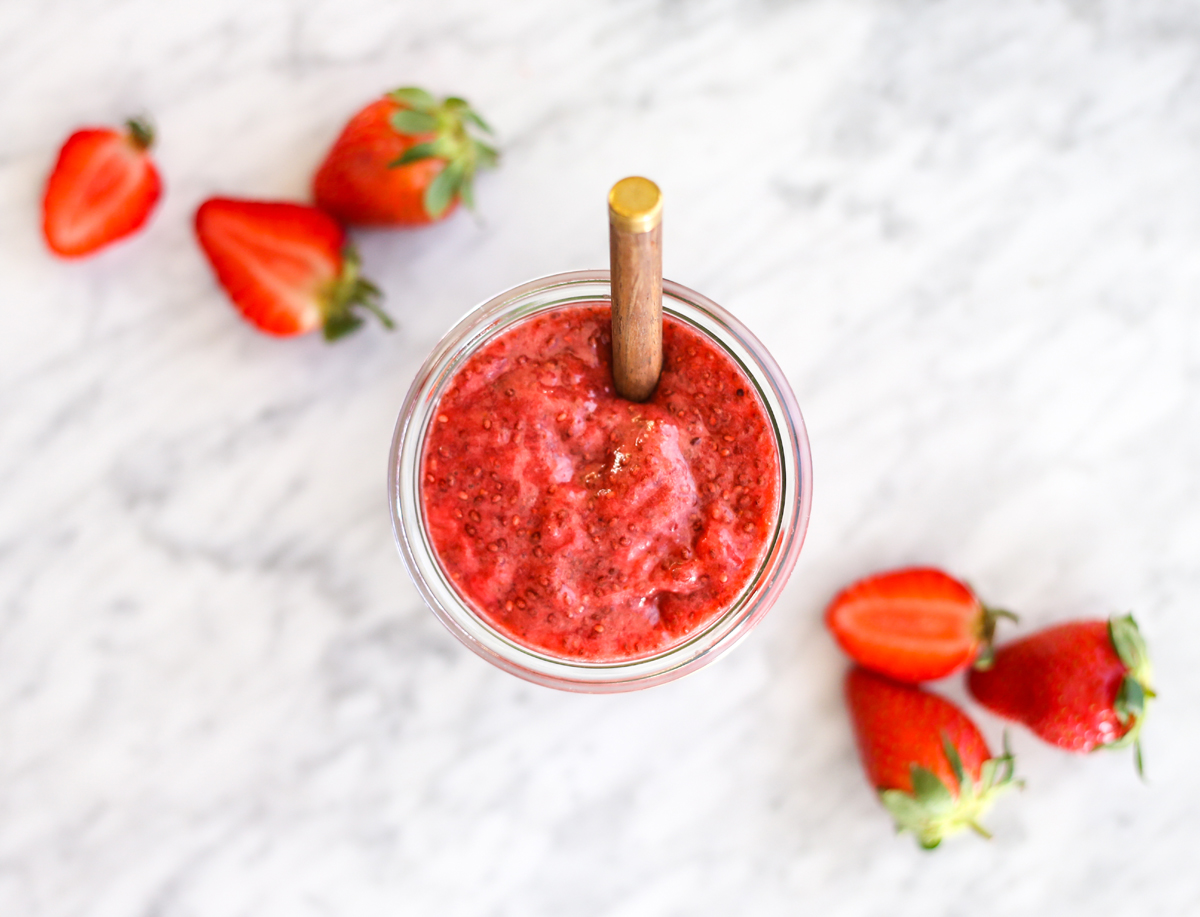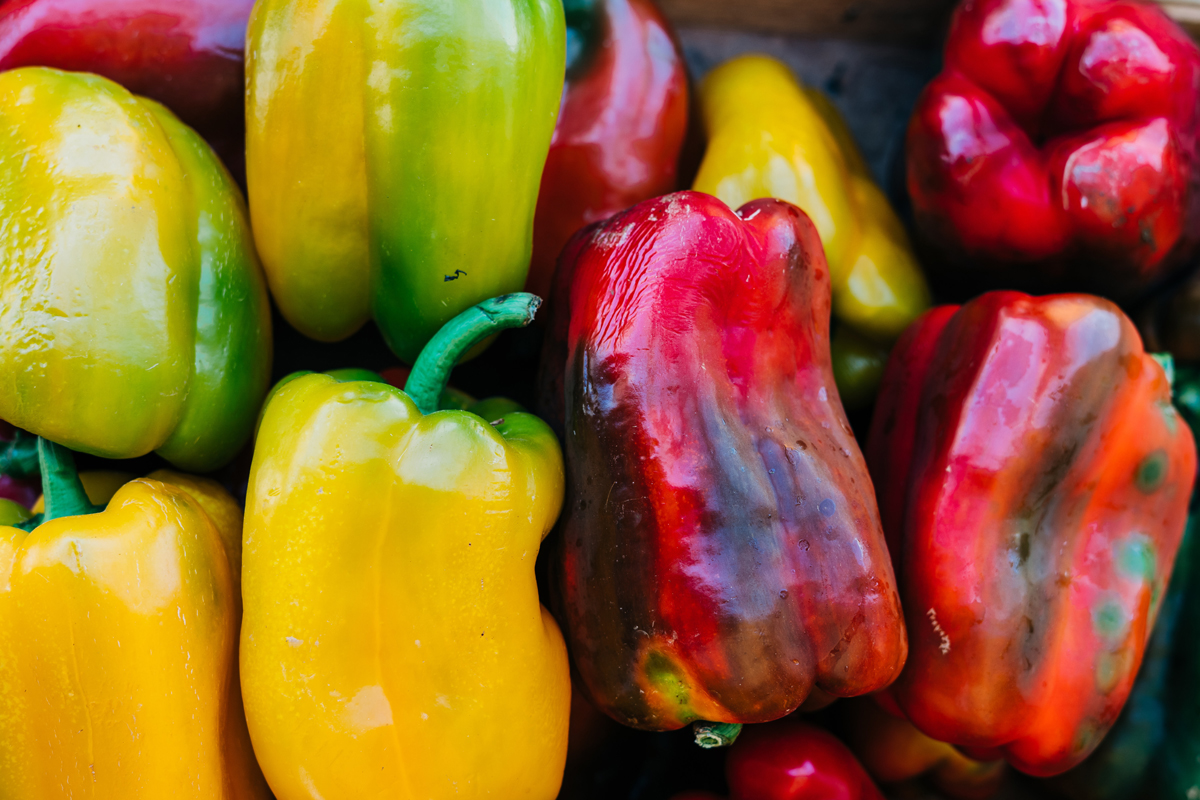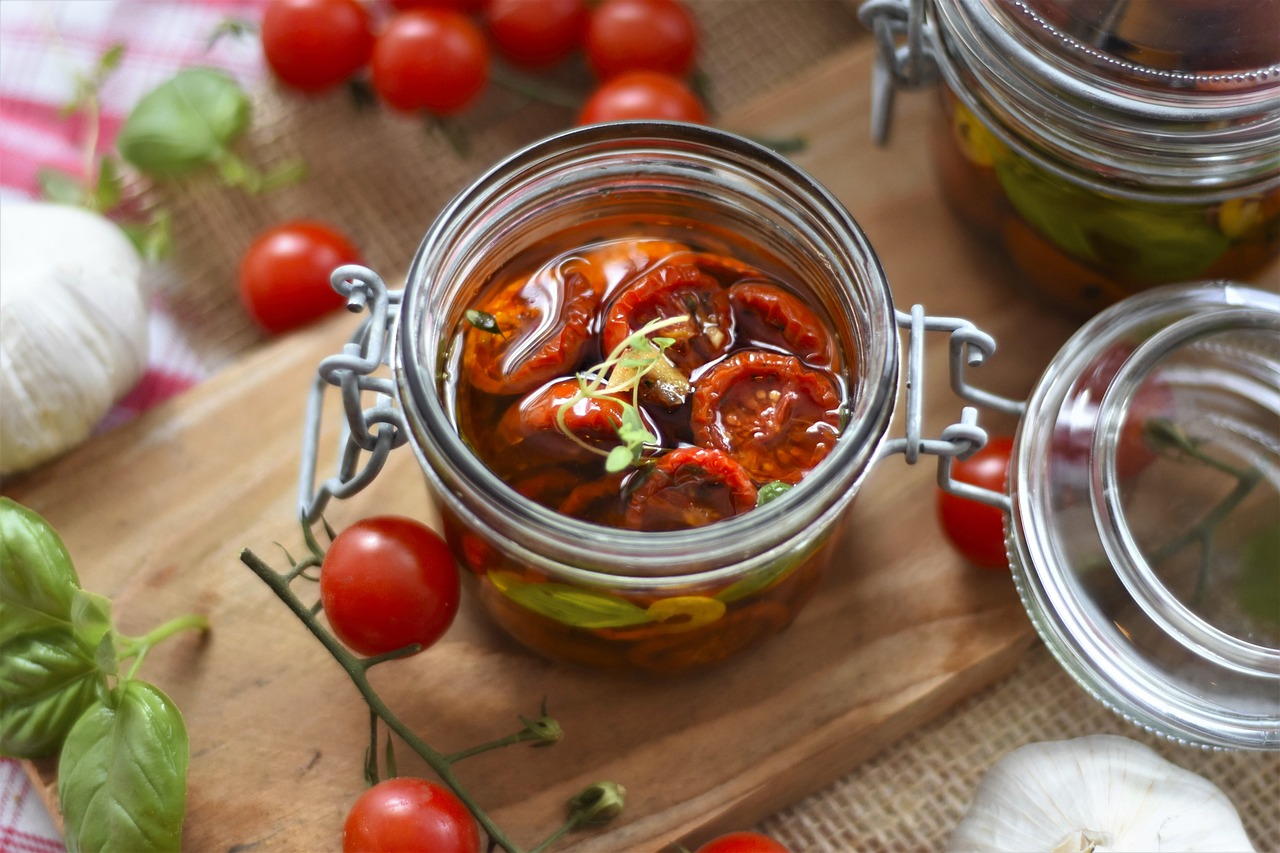Freezing Vegetables

Provided vegetables are treated properly, they will freeze particularly well, retaining more flavor and goodness than by preserving in any other method. Learn the four basic rules dealt with this section and you cannot fail. Blanching, chilling, packaging and correct cooking. Vegetables cannot be frozen raw. They must be blanched first, whilst fresh and tender. Blanching vegetables helps to seal in the color, flavor and nutritive value. Raw vegetables stored in a freezer will lose quality easily.
1. Blanching
This is quite easy. Put approximately 1 lb. of fresh clean vegetables into a blanching basket sitting in a large quantity of rapidly boiling water. Do no add salt. Place a tight fitting lid in position and wait until the water returns to the boil before starting the blanching time. Blanching times vary depending on the size of the individual pieces of vegetable. 1½ minutes is ample blanching time for peas, sliced beans or carrot rings. 1½ minutes is also ample for shredded cabbage, spinach and silver beet. When you are blanching larger pieces of vegetables simply lengthen the blanching time. Example 1 inch pieces of green beans would take 2 minutes, whole beans or small thin carrots would take 3 minutes. Corn on the cob, being larger still would take 5-8 minutes depending on the size.
Consequently judging the blanching time required becomes easy once the size factor is remembered. For example a cauliflower left whole, would need blanching for 6-9 minutes. However, if the cauliflower is broken 2-3 minutes would be ample. Potatoes, kumara and pumpkin should be half cooked before freezing. Blanching is insufficient for this type of vegetable. Chill quickly then freeze on trays for 2 hours before packaging and returning to the freezer. Beet root can be successfully frozen by half cooking without peeling. Chill quickly, then peel and slice or dice before packaging in meal size quantities. No further cooking is required, as the deep freeze process has a tenderizing effect. Thaw beet root when required and serve as desired. Mushrooms also freeze well. Fry lightly in butter and spread out to cool on cold plates. Deep freeze cold mushrooms by the flat pack method.
As an alternative method, simmer mushrooms in milk until tender. Thicken with rice flour for best results, leave to cool completely before packaging in meal-size quantities. To serve mushrooms simply reheat whilst still frozen and use in your favorite recipe. Frozen cooked mushrooms will keep in good condition for up to 4 months.
2. Chilling
When blanching time is complete, lift blanching basket from boiling water and gently transfer from boiling water and gently transfer vegetables into a colander sitting in ice cold water. A block of ice placed in a sink full of cold water will speed up the chilling process. Vegetables should not take any longer to chill than they do to blanch, if you use ice in the chilling water. Freeze 2 pint unbreakable bowls of cold water to make blocks of ice.
3. Packaging
Once vegetables are chilled, remove from water and drain. For best result pat dry with a clean tea towel. I recommend the free flow method of packaging or the flat pack.
4. Cooking
So many frozen vegetables are spoil by overcooking. Remember, they have been already been tenderized twice. Once when blanched, and again whilst stored below zero in your freezer. Therefore, very little cooking is required. Do not thaw it simply drop frozen vegetables into boiling salted water. When water returns to the boil, lower the heat then simmer for one third or less of the cooking time normally given to fresh vegetables. Although all frozen vegetables should be cooked from the frozen state I find corn on the cob the exception to the rule, because it takes such a long time to defrost in the center. I recommend thawing corn cobs for at least 2 hours before cooking in boiling salted water for 5-6 minutes. Potatoes, kumara and pumpkin may be placed into hot fat whilst still frozen and roasted (baked) in a hot oven, or cooked in a deep fryer until golden brown.
The Author:
Yao Daphnie is a food lover who has been involved in food industry for 10 years. She learned the easy and simple way cooking style from her mother and grandmother. She prefers to have the home make cooking style instead of outside food.
Photo. Gemini


